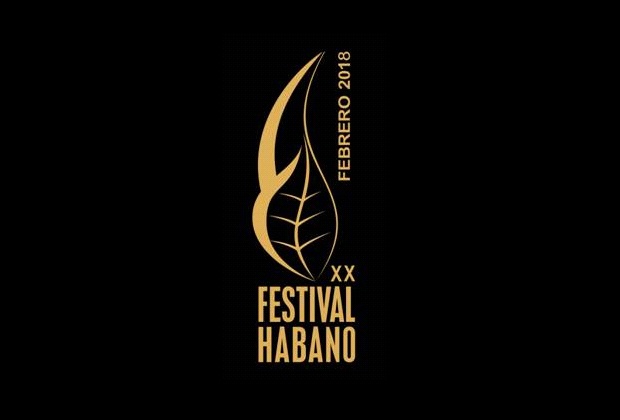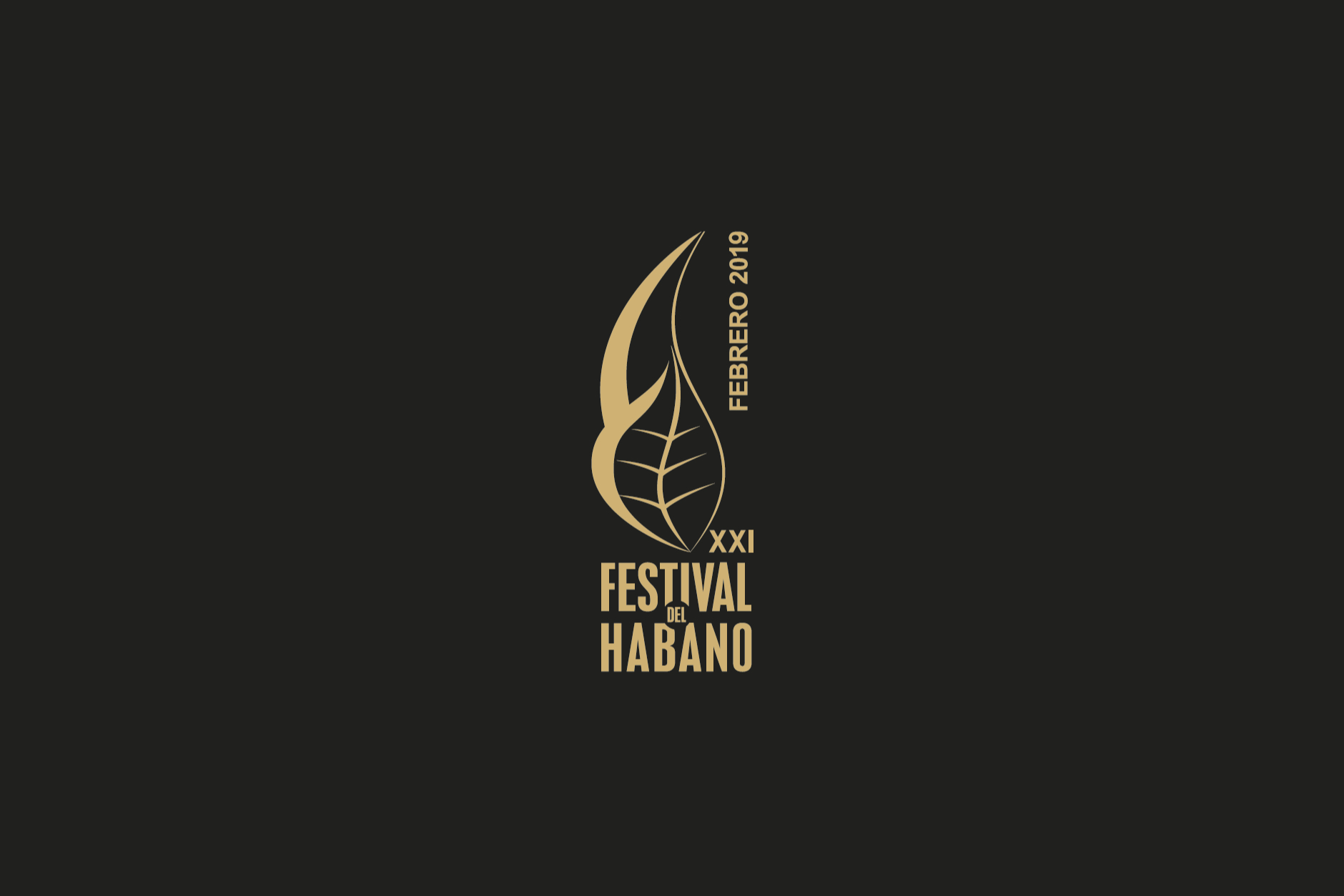My final full day in Cuba started pretty much the same as the rest of my stay, with me getting up early—in this case, around 6:30 a.m.—and eating some quick breakfast while getting some work done. I knew that it would a long day, so I wanted to get as much done before I left since I would probably not be able to do much other than shoot and attend events today.

I left to the convention center around 8:30 a.m. and my first stop was the 17th edition of the International Habanosommelier Contest Competition, which I have photographed every year I have attended the festival. While not chock full of exciting moments, the competition is one of those things I would never miss, mostly due to the combination of knowledge that I obtain as well as the some of the technical details that I get some clarification on.
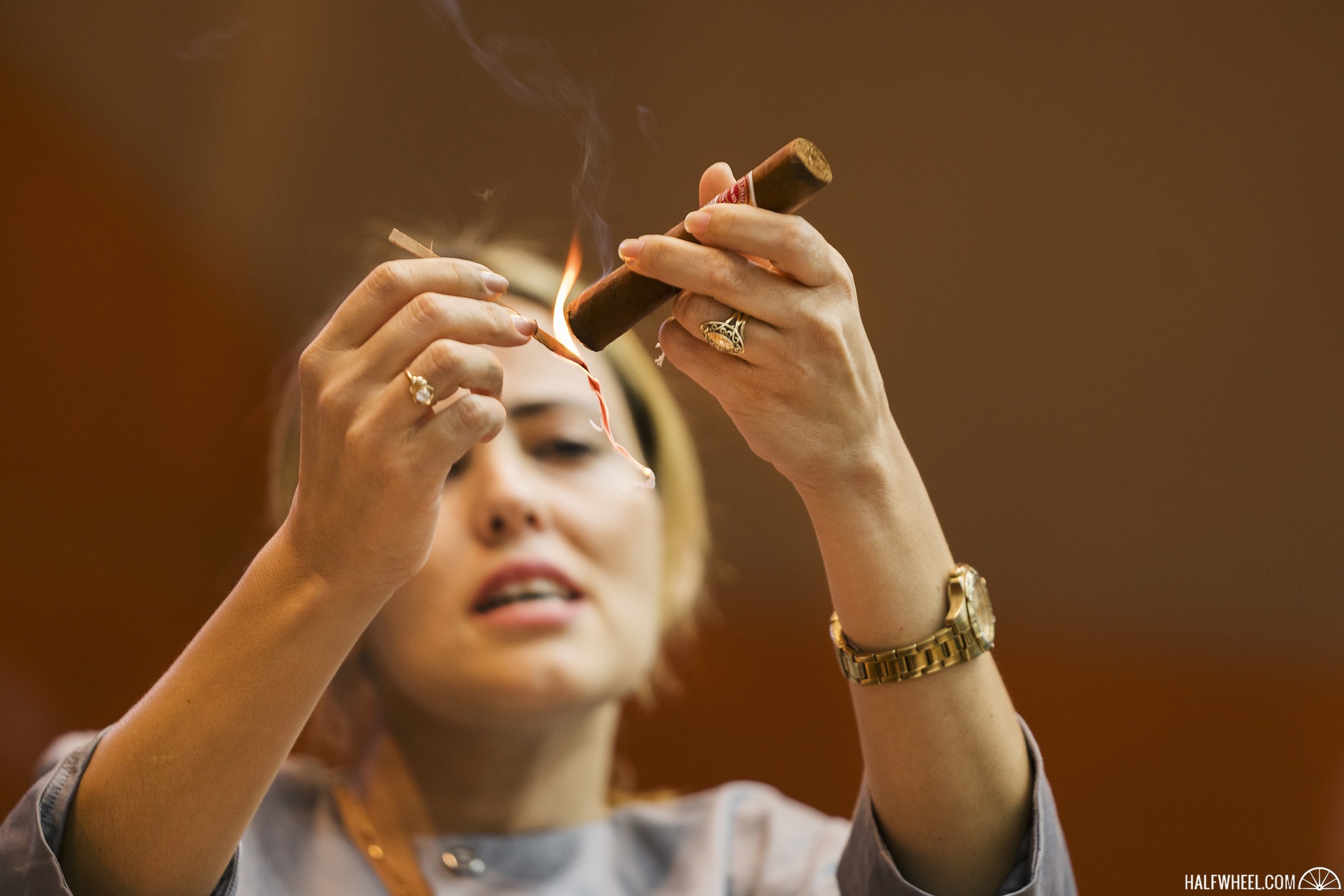
While the first few days of the competition feature contestants paired with a different Habanosommelier who explains some of the history behind the cigars they are smoking as well as the beverage that was chosen, the final day is between only two contestants, each of which go through a real-life scenario that they might encounter while being a Habanosommelier.
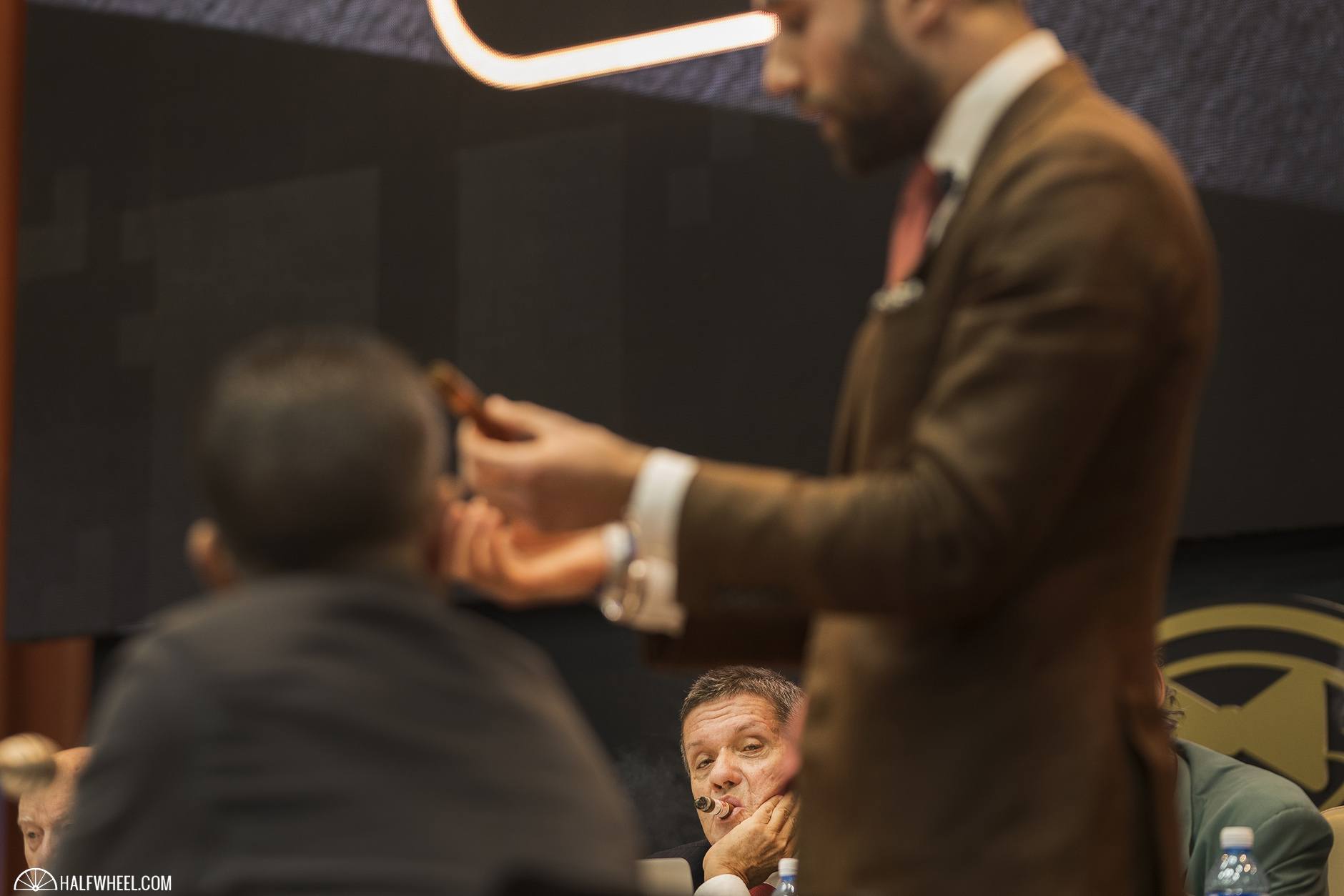
In fact, the contestants are forced to think on their feet a number of times, especially when choosing a combination of food, drink and cigar that meld together for each customer, as well as keeping the mood light, engaging in small talk and actually lighting and serving the cigars themselves. In this particular final round, one of the situations called for one of the contestants to explain some choices to people who were not very knowledgeable about cigars, while the other scenario involved two people at dinner who were virtually experts in different Cuban cigars.
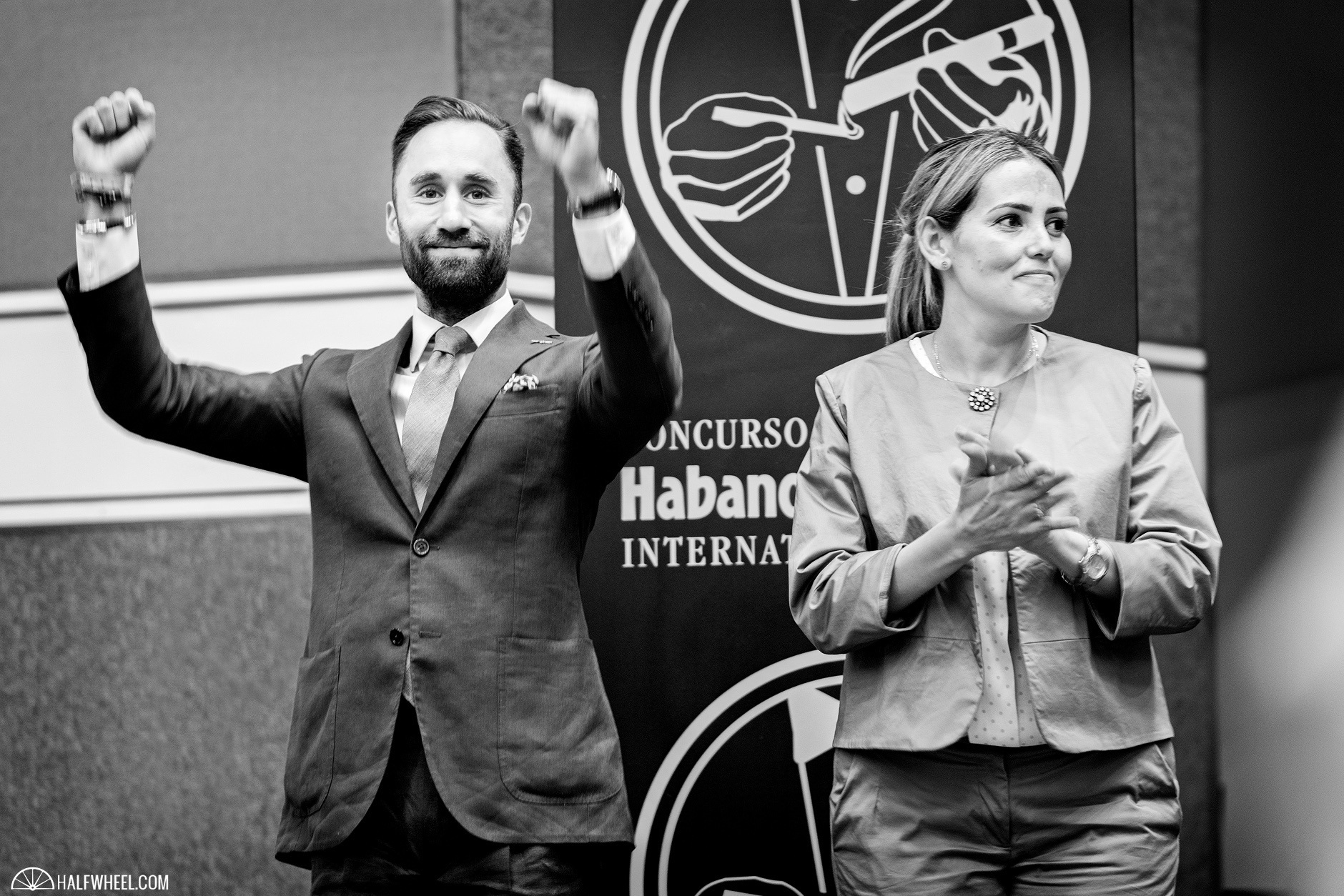
The competition takes quite a while, with the judges scoring everything from how the contestants explain the different cigar choices to how the cigars are lit and even if they touch the cap of the cigars when handing them to the customers. Darius Namdar from Great Britain won the competition, the first contestant from that country to win in at least a decade.
From there, I decided to walk around the trade show a bit more right before it closed, just to see if there was anything new, or if I had missed anything the first time around. I did not find anything that really jumped out at me, but I was able to have another sample of the Havana Club Tributo 2018, which I found was as excellent as the first time I tried it.
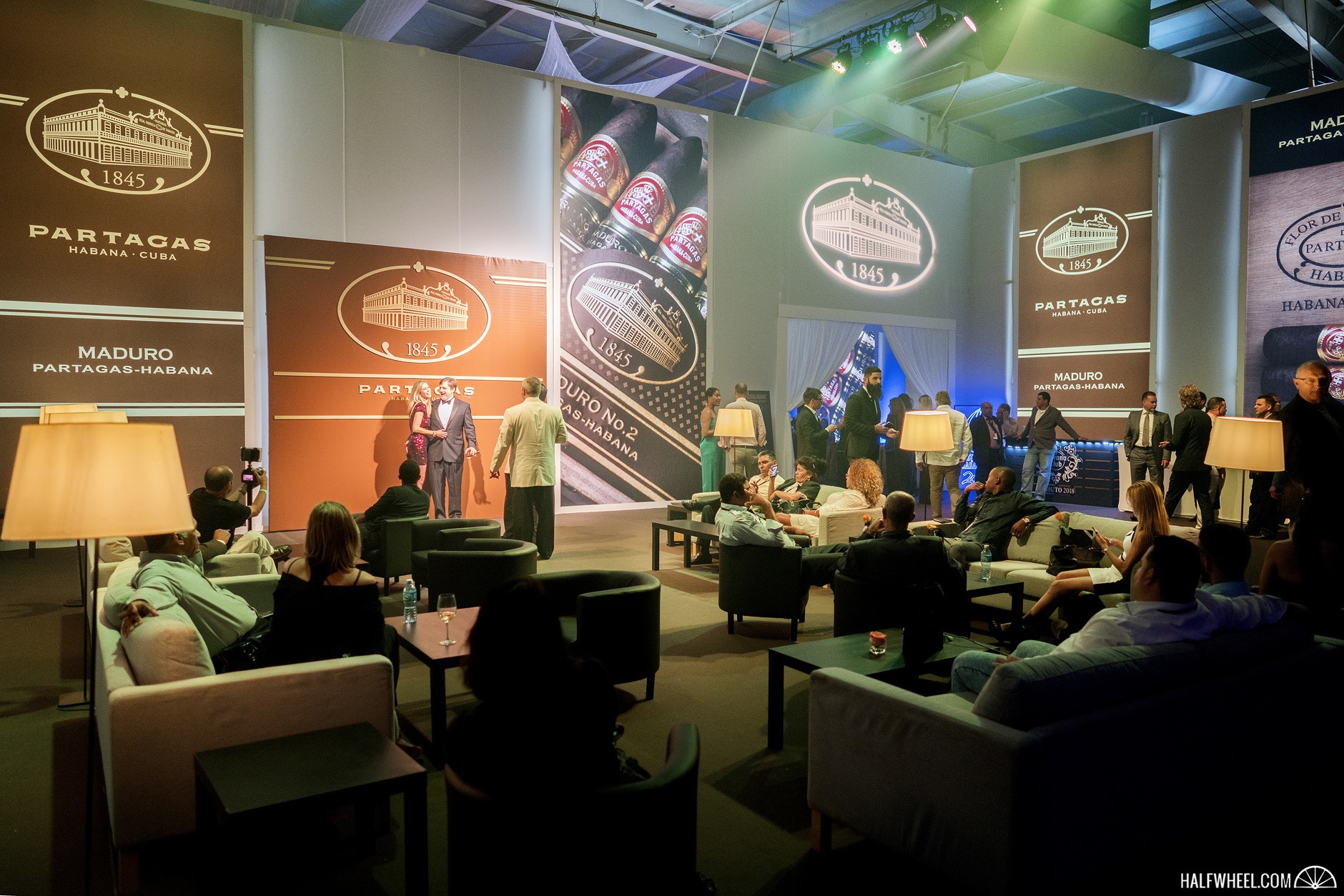
It was then time to go back to villa and download photographs as well as take a bit of time before getting ready for the biggest event of the week, the Gala Evening, which was dedicated to the introduction of two new vitolas in the Partagás Línea Maduro line. Although the Partagás Maduro No. 1 (5 1/8 x 52) debuted in 2015, it will now be joined by two new vitolas: Maduro No. 2 (4 3/4 x 55) and Maduro No. 3 (5 3/4 x 50) vitolas.
I did find it interesting that during what was unquestionably the biggest event of the festival—both in terms of money and prestige—the cigars being given to attendees were essentially regular production vitolas of a blend that has already been released, albeit not ones you could buy yet. In fact, the biggest star of the festival in terms of new cigars was handed out during the first night’s event on Monday, namely the Cohiba Reserva Cosecha 2014. Some people I talked to had multiple ideas on why that is: one person indicated they thought that it was because the final night’s event had no issues selling out regardless of the cigars that were given out and that regular production cigars needed more help in terms of exposure, while another mentioned they thought it came down to the simple fact that the first night’s dinner was held at El Laquita Protocol Hall, which is named after the factory where Cohibas are rolled.
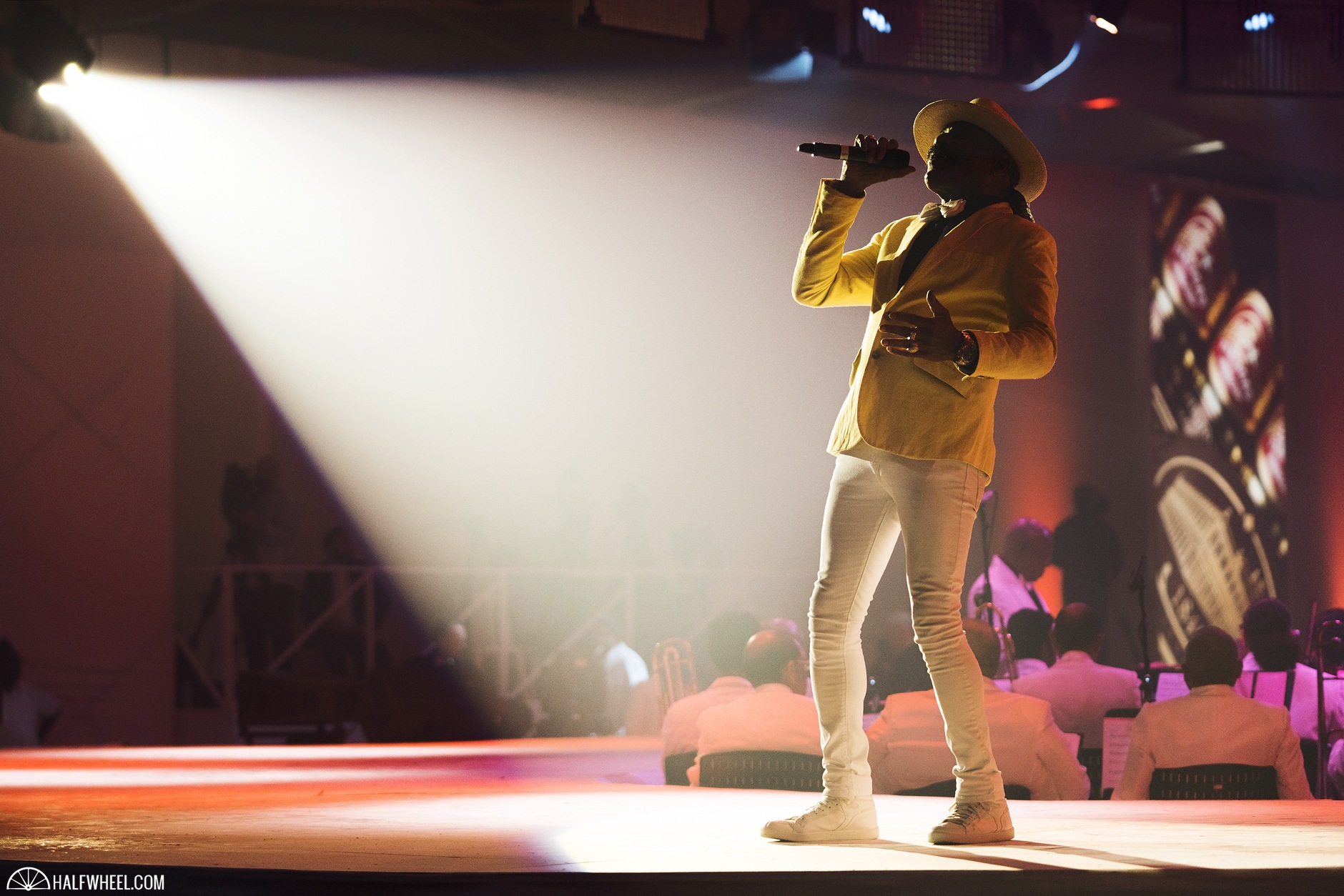
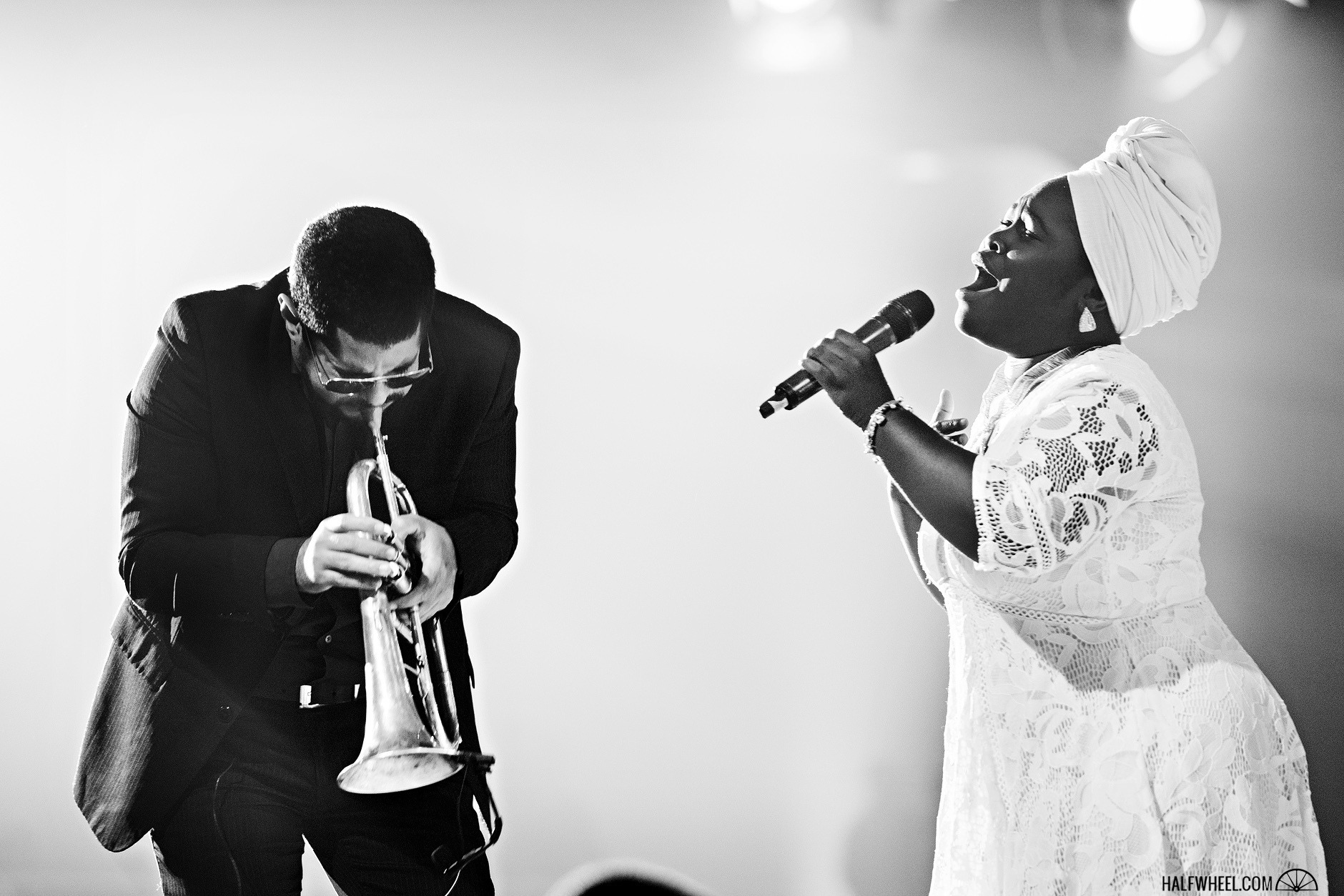
While the location of the event was the same as the previous two years—the PABEXPO Center—you could point out some significant differences as soon as you walked in the door. For one, there was a brand new lounge in the front room that took the place of what was there before, namely empty space. After grabbing your gift bag and a cigar, you entered the main ballroom, where the second and third main differences could be found. The first was the stage, which was set in the round with the band and orchestra in the middle, immediately reminding me of U2’s stage that was used for the band’s 360° tour in 2010. In addition, there were two satellite stages set up on either side of the room, which were eventually used for both the hosts as well as some of the performers.
The second significant difference was the humidors, which were now on stages of their own, four on one side and three on the other. This was to not only make them more of a centerpiece of the night but also to make it easier for the cameras showing video on the screens in the room to have a more direct line of sight.
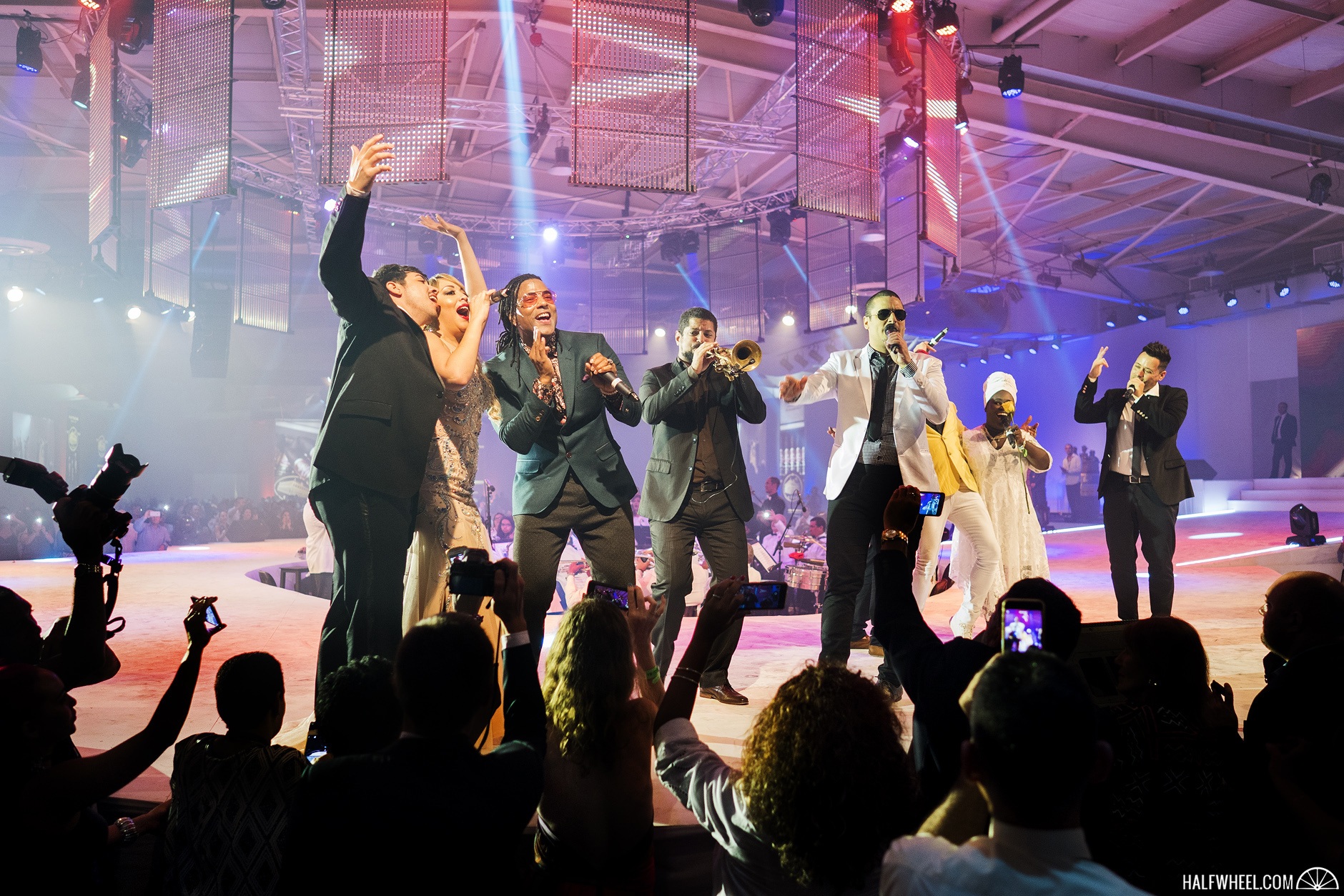
As has been historically the case, there was a multitude of musical artists that performed throughout the night, including Elain Morales, Yaser Manzano, Carlos Varela, Edesio Alejandro, Laritza Bacallao, Waldo Mendoza, Irene Rodríguez and Habana Compas. However, the highlight of the night in terms of music was the band Orishas, a Cuban hip-hop group from Havana. The group performed a few of their well-known hits before joining the rest of the musical artists on the stage to combine their talents for one last song.
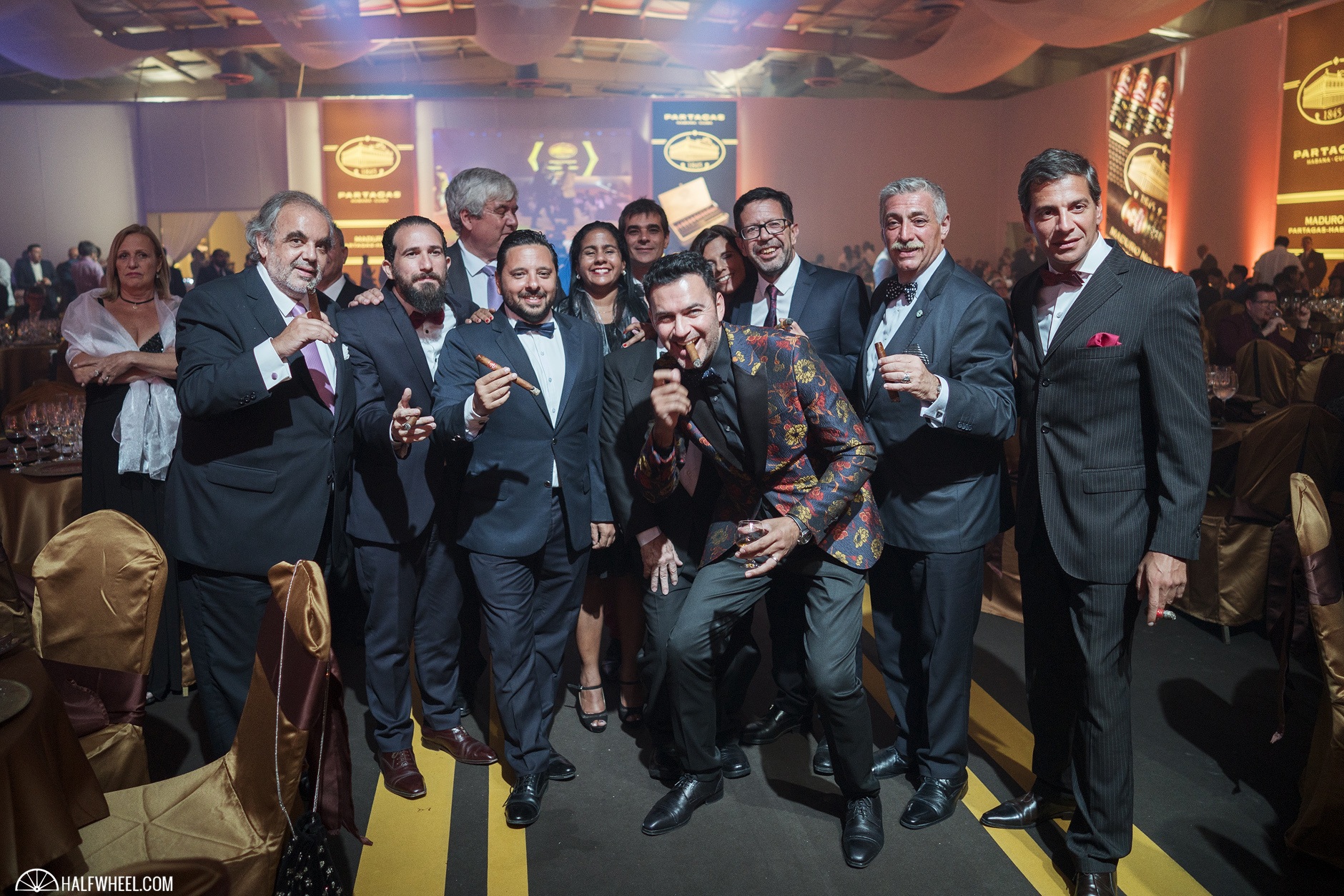
Although there were no major guests that I saw—Paris Hilton and Naomi Campbell attended the festival in 2015—Oscar-nominated actor Demián Bichir was seen roaming around, at least for a while.
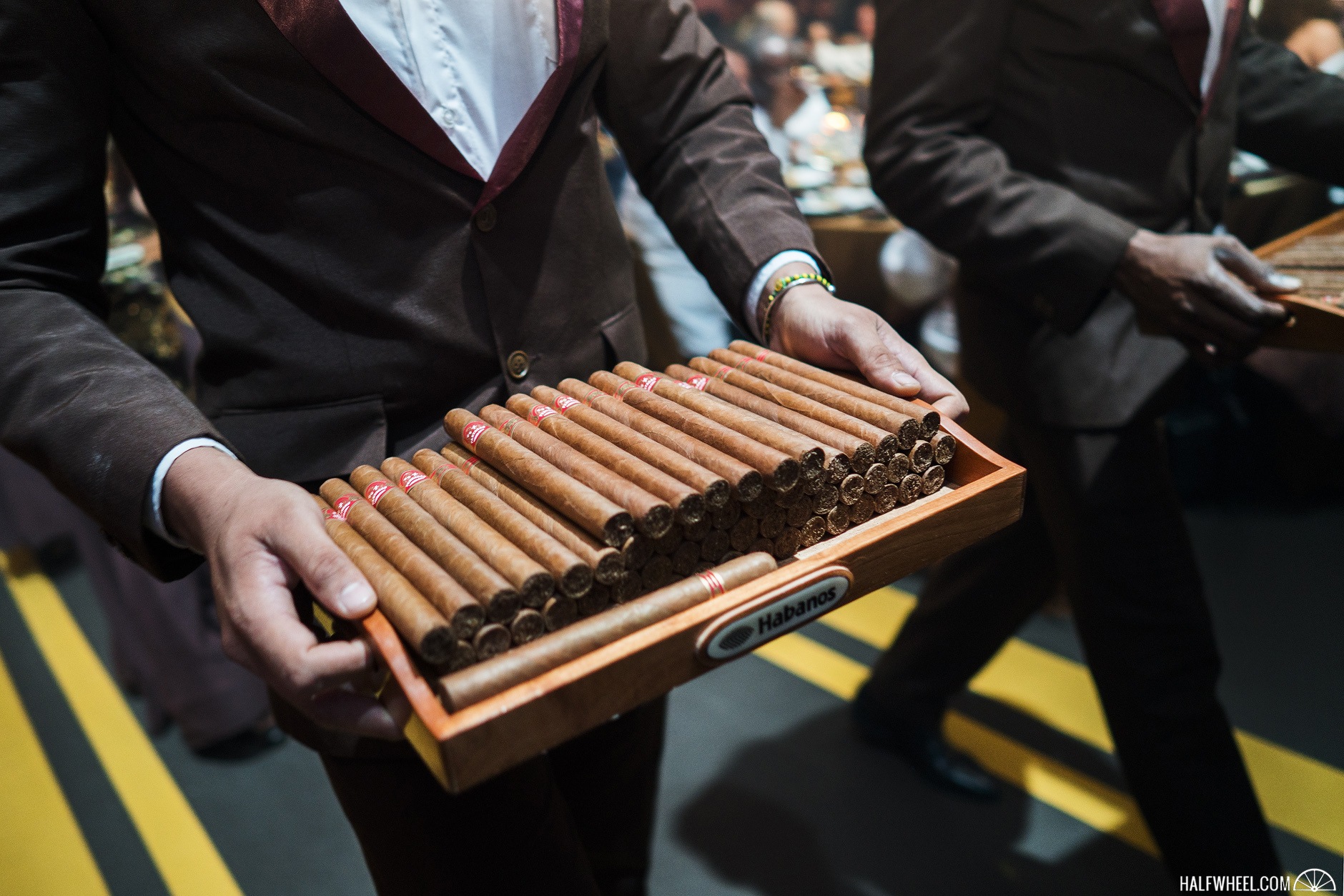
The night also featured the latest version of the Habanos Awards, which honors people in three different categories every year. This year’s winners included Francesco Minetti, who organizes the Partagás festival, in the communication category, Ercan Hazar of Cigarstore Hazar in Austria in the business category and Virginio Morales of Cuba in the production category.
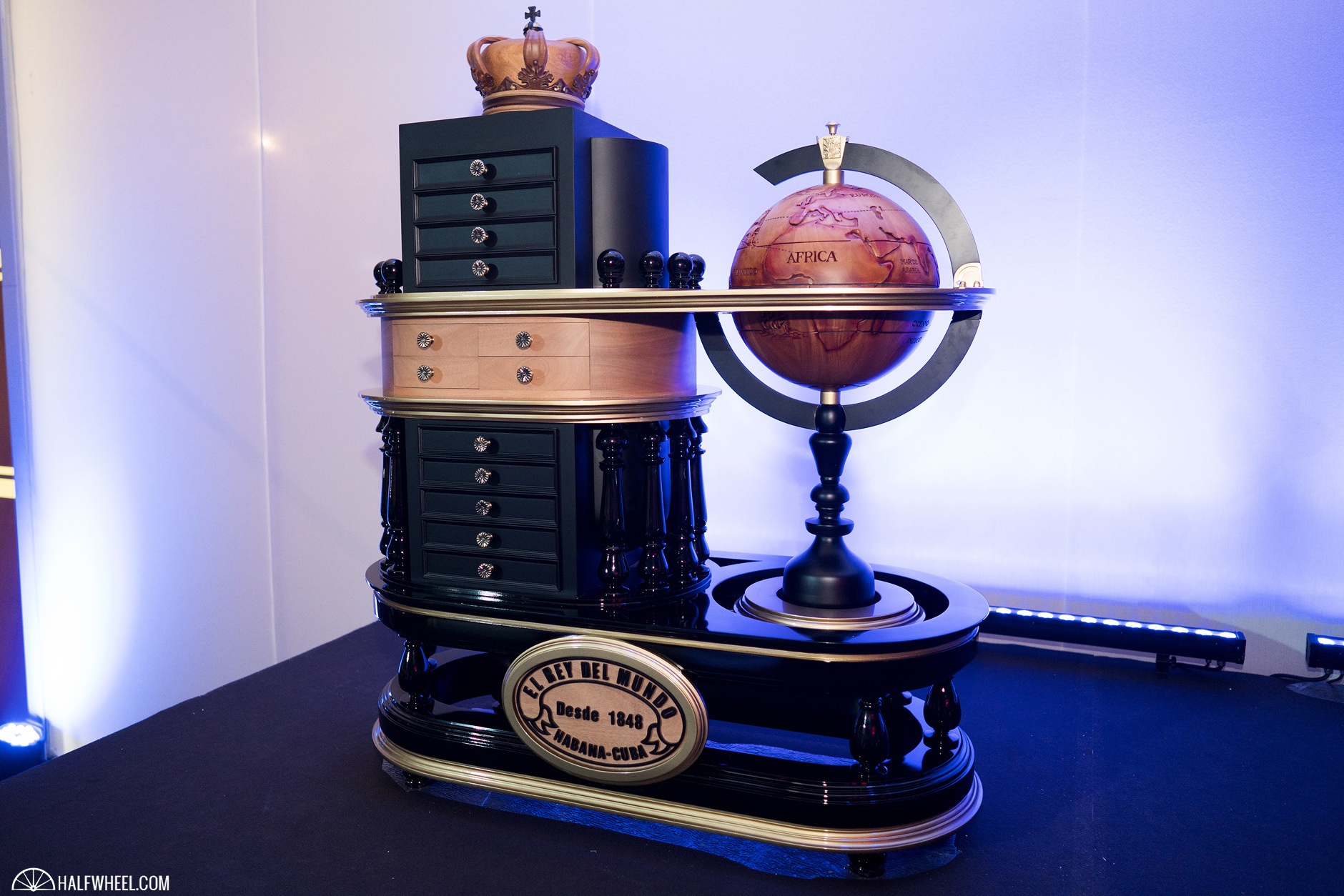

After that, it was time for one of the biggest parts of the night, the humidor auctions, which raises money for the Cuban public health system every year by auctioning off different custom-made humidors that include cigars—some of which had never been commercially released—from the different Cuban marcas. This year, there were seven different humidors—Cohiba, El Rey Del Mundo, H. Upmann, Hoyo de Monterrey, Montecristo, Partagás and Romeo y Julieta—that brought in an estimated total of €1,485,000 ($1.83 million).
While the night seemed to fly by, it did not actually end until after 1 a.m. and after a short drive back to villa, I stumbled into bed to try and get about four and a half hours sleep before I had to get up and travel to the airport for the flights home.


